Pool and beach season is here, and you likely can't wait for a little fun in the sun with your baby or toddler. While you're stocking up on sunscreen and getting out the water toys, one thing you'll want to add to your list is a quick refresher on water safety tips.
Drowning deaths among young children have grown greatly in the past few years, a new Centers for Disease Control and Prevention (CDC) report announced this week.[1] Drowning is already the leading cause of death for children ages 1 to 4, and rates jumped 28% for this age group in 2022 compared to 2019, the new data showed.[2]
"No one should have to lose a child to drowning," Tessa Clemens, Ph.D., a health scientist in CDC's Division of Injury Prevention and the lead author of the report, told What to Expect. However, 461 1- to 4-year-olds died from drowning in 2022, she says. On average, an additional 70 children died from drowning each year during 2020 to 2022 compared to 2019.
The marked increase may relate to the COVID-19 pandemic, researchers theorize. Children spent more time at home, near backyard pools and other water sources. "We do know that among children 1 to 4, drowning most frequently occurs in pools and that's most often home pools," Clemens says. "For infants under the age of 1, drowning most happens in bathtub, so again, at the home."
The increase in deaths underscores the need for effective drowning prevention strategies, including installing four-sided pool fencing and providing close, constant and attentive supervision when children are in or near water, she says.
How to protect your children from drowning
Help protect babies and toddlers around pools and other bodies of water by keeping the following in mind:
Read Next
Maintain close and constant supervision of kids around water
The American Academy of Pediatrics (AAP) recommends staying within an arm's length at all times, providing "touch supervision" during baths and swim time.[3] Don't drink alcohol while watching children in the water, and put down your cell phone. If you're with a larger group, assign an adult "water watcher" to keep eyes on the kids (even if there's a lifeguard), and trade off duties every 15 minutes or so.
Know what drowning looks like
"There's a perception that drowning will be a very obvious event with a lot of splashing and a lot of noise, but that's actually not always the case," Clemens says. "It is often a very quiet event." Oftentimes, you'll only see a person's head showing above the water, according to the National Library of Medicine.[4]
Enroll children in swim lessons
Kids ages 1 and up can benefit from swim lessons, according to the AAP, but it depends on your child's emotional and physical development.[5] Talk to your child's pediatrician before signing up 1- to 3-year-olds. All kids 4 and up should have swim lessons, the AAP advises.
You can find affordable local options through the Red Cross, YMCA, U.S. Swim School Association and USA Swimming. While swim classes can't entirely prevent drowning (and they're not a substitute for adult supervision in the water), they can teach kids valuable skills. Look for a swim instructor who is well-trained (including in CPR and first aid) and a class that teaches safety habits and water competency skills such as self-rescue, the AAP recommends.
Dress your children in age-appropriate life jackets
"Parents should not rely on air-filled or foam toys or floaties or things like that as safety devices," Clemens says. "Life jackets are really the best bet in terms of drowning prevention."
Look for ones that fit properly and have U.S. Coast Guard approval, the AAP advises. Children should always wear them in, on, or near natural bodies of water. You might also want kids (and others without strong swimming skills) to have them on at the pool or water park. And remember, you'll still need to monitor kids wearing life jackets.
Learn CPR
"CPR skills can save a child's life in the time that it takes for paramedics to arrive if a drowning incident does occur," Clemens says. Here's how to do CPR on babies and toddlers.
By remembering the above guidelines, you can get out the kiddie pool knowing that your little ones will have fun and stay safe. Water play can teach your kids all sorts of gross motor skills and provide an enriching sensory activity, so enjoy your time at the pool or beach!



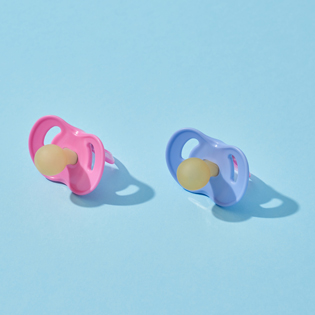












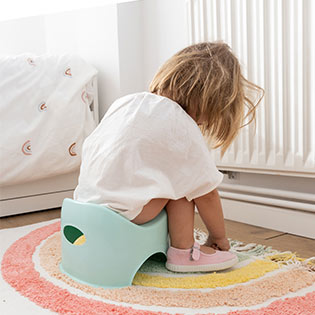


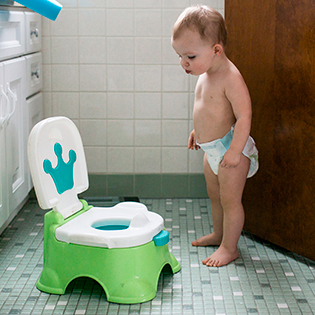



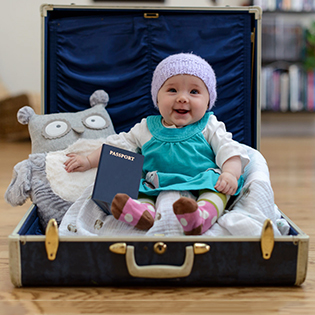






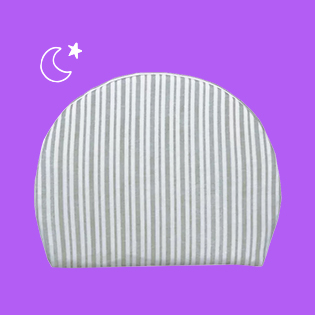
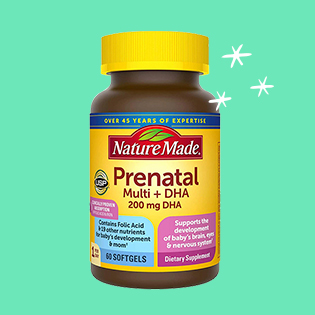
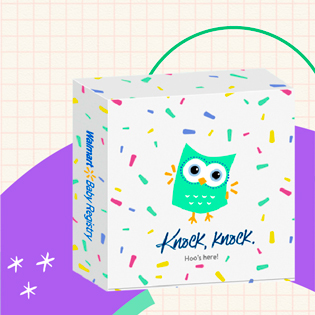

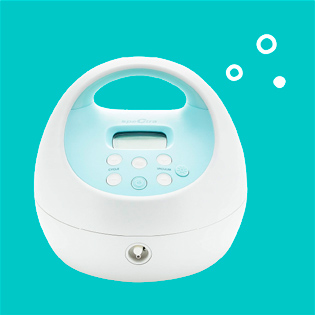









 Trending On What to Expect
Trending On What to Expect





